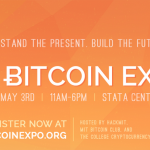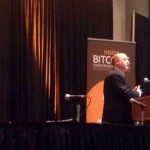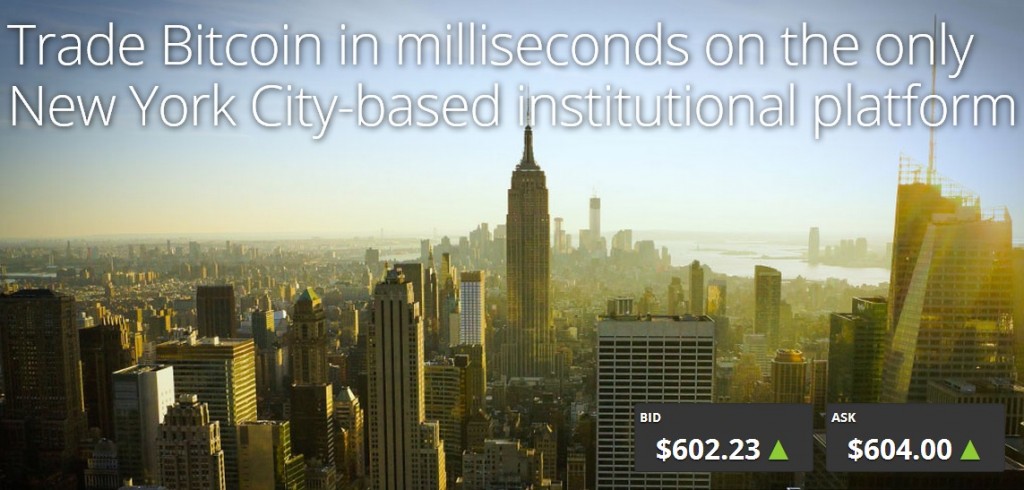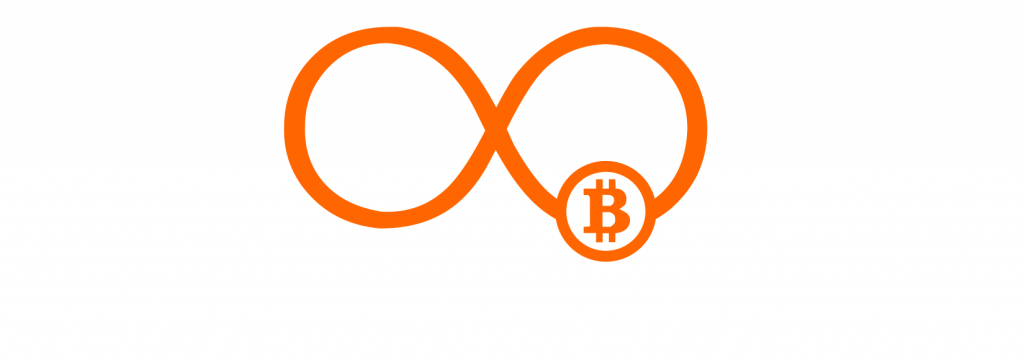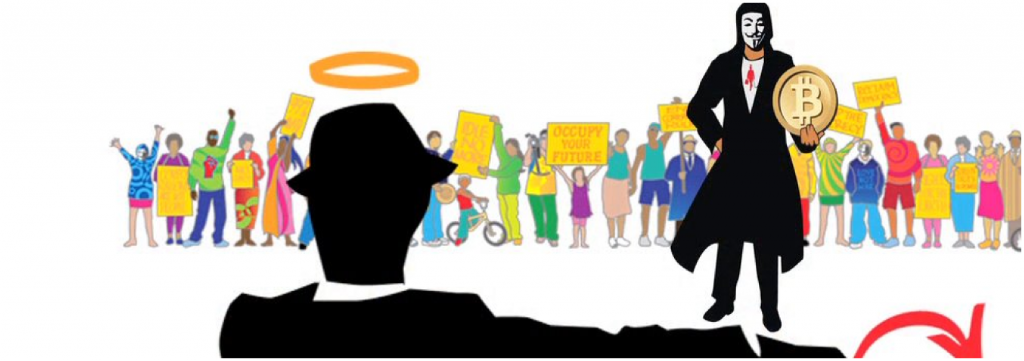MIT’s students have made the news again. Dan Elitzer, president and founder of MIT’s Bitcoin Club, and Jeremy Rubin, a sophomore in Electrical Engineering and Computer Science, have organized the MIT Bitcoin Expo, which will be held this Saturday, May 3rd at MIT’s Compton Laboratories Building 26-100. The talks start at 12:00pm and will feature Gavin Andresen, a core developer of the Bitcoin protocol; James D’Angelo, founder and host of the World Bitcoin Network; and Alan Reiner, founder and CEO of Armory Technologies, among others.
According to Dan and Jeremy, Bitcoin has not gotten the attention it deserves on campus; despite the Bitcoin Club having to deny entry into their filled meetings, most people only know the basics.
I had the privilege to talk to the two, so I asked them what we were all wondering.
What is your goal for the Bitcoin Expo?
Dan: “We want to begin educating students and the community about what Bitcoin is and why it’s so exciting, beyond the fact that they’re going to be getting $100 worth of bitcoin. We also want to start equipping students with the knowledge and tools to begin working on projects that utilize Bitcoin. That’s why we’ve got some very senior software developers from Armory Technologies and BitPay leading workshops about transaction scripting and open-source libraries for Bitcoin.”
You might have heard about Jeremy back in December, when he and the co-founders of Tidbit were subpoenaed by New Jersey’s Division of Consumer Affairs and Office of Consumer Protection. Tidbit’s focus was to help websites gain revenue by having visiting users mine bitcoins while on the site instead of using advertising. The start-up took top honors for innovation at MIT’s Node Knockout programming competition in November.
Now Jeremy is working on a different project, this time with Dan: The Bitcoin Project.
Alumni, the bitcoin community and other donors raised close to $500,000 for the Bitcoin Project. The Bitcoin Project is an experiment where about $100 will be distributed in bitcoin to MIT’s roughly 4,500 undergraduates. The experiment will help see what people do with their bitcoin in a bitcoin community.
Through the MIT Bitcoin Project, Rubin and Elitzer aim “to help MIT continue its long tradition as the preeminent educational institution at the forefront of emerging technologies, and establish MIT as a global hub where Bitcoin-related research, ideas, and ventures are studied, discussed, and developed,” the pair explained.
Currently there are seven businesses that already accept bitcoin in Cambridge, including a few restaurants, an art gallery and even a laser cutting, engraving & 3D printing service according to SpendBitcoins.com
How have local merchants responded to the project?
Dan: “We haven’t heard reactions from local merchants yet, but we’ll be organizing outreach efforts in partnership with the MIT Bitcoin Club and others to get as many as possible on board by the fall.”
Jeremy: “I expect for startups in the Bitcoin Space to be highly motivated to put roots down in Cambridge.”
Did you ever consider making an AltCoin for MIT?
Dan: “No. As one online commenter pointed out, this is MIT; we build for the real world. There’s an existing ecosystem outside of MIT for Bitcoin that doesn’t exist for any AltCoins or anything that we would create specifically for this initiative. We want to both leverage that ecosystem and get students contributing back to it.”
What is the interest of bitcoin like at MIT? Are hardware engineers making miners; are software engineers making forks of cgminer; are the English and economic students writing articles on Bitcoin?
Dan: “There are a few students working on Bitcoin-related ventures and doing research into cryptocurrencies, but overall there hasn’t been nearly as much activity as we think is warranted. There is a LOT of interest in learning though. The MIT Bitcoin Club had almost 200 students jammed into a classroom to hear Jeremy Allaire give a presentation on Bitcoin back in February. We had to turn people away 15 minutes before the event was scheduled to start because we didn’t have room for them to get in. That’s the kind of interest we were seeing on campus to learn more about Bitcoin, even before we announced the bitcoin distribution.”
If the price of BTC rises by fall, will the students get more than $100?
Dan: “No, we raised the funds in USD and will convert it close to the distribution date. We think the $100USD amount is a powerful psychological threshold, where students will really take it seriously, so we wanted to make sure it would be there.”
Jeremy: “We’re calling this threshold the ‘Goldilocks Number’, the amount which is just right. To scale this project does not mean giving larger amounts, but expanding to more people.”
Do you have room for more than 200 people?
Jeremy: “At the expo, yes. 550 is the room capacity, I believe. We’ll be live streaming too, so who knows what the total viewership will be world wide!”
The link for the live stream is available at https://www.youtube.com/watch?v=tqlvk51uS1M
The post MIT’s Bitcoin Expo and the Students Behind It appeared first on Bitcoin Magazine.


